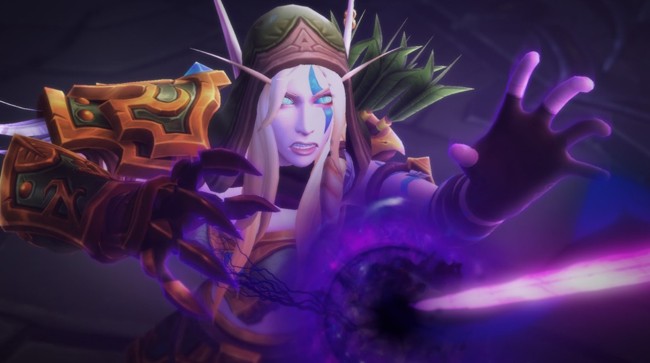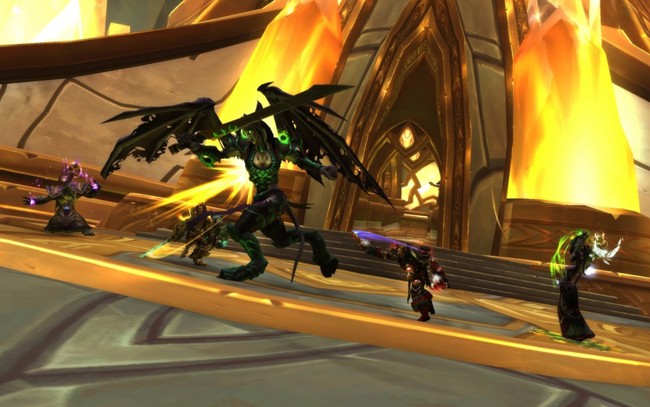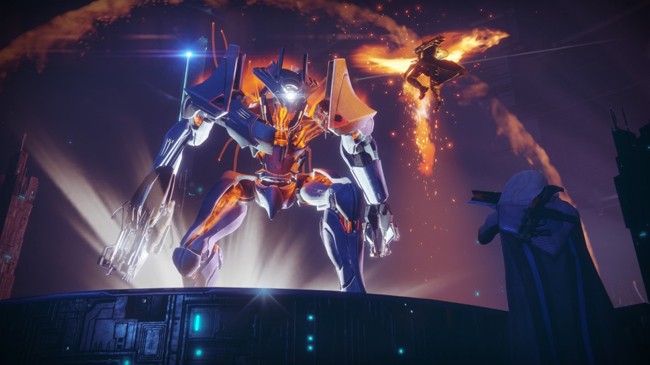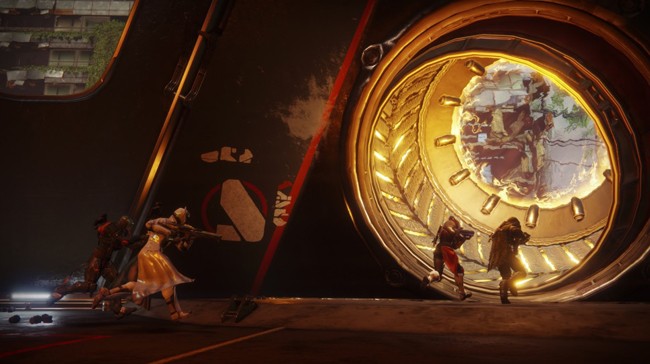
In 2006, the internet was a very different place for me. I had just discovered YouTube, a service that was still in its infancy and hadn’t fully embraced gaming yet. Up until a few months earlier, I hadn’t even been able to play games online with friends, instead of sticking to single-player campaigns that I could get lost in, with many of the year’s biggest releases passing me by as I replayed Splinter Cell and Halo levels or and over again. Gaming was done on my own time, and I never felt pressured to the game for any other reason than to have fun. Then I discovered World of Warcraft.
A whole new world
A friend from school had been playing Blizzard’s popular MMO since it launched a few years earlier, leveling up his character and taking part in enormous 40-person raids that were unlike anything I had seen before. The amount of customization and player-choice included was nothing short of stunning, and after biting the bullet and trying out a subscription, it felt like the only game I would ever need.
For the first year, it really was the only game I needed. I took my time running through the game’s solo content, preferring to explore the nooks and crannies of each region, battle the Alliance with my fellow Horde members, and fight in the competitive battlegrounds. There was little practical reason for me to do any of this. It impeded my progress, limiting my level and the access I could get to the game’s endgame content, but I didn’t care. It wasn’t about “beating” anything in particular, but making the game my own. It was relaxing, and a way for me to take my mind off of the horrible experience I had earlier in the day at school.

Eventually, however, I grew bored with the repetition and decided to hit the level cap. At this point, Burning Crusade had released, and the guild I had joined was eager to start the game’s lower-end raids like Karazhan and Gruul’s Lair. I was excited to finally acquire high-level loot that would make other players jealous, and to participate in the competitive arena, where my combat skills would be tested more thoroughly.
Tides of darkness
It went well initially. Running through smaller dungeons and raids was a blast, and with a few veterans to lead the way, there weren’t any unpleasant surprises. Newcomers were shown the ropes, guided by those who had fought their way through an area dozens of times before. But we needed a new challenge, and began planning a raid on Magtheridon, which was – at least for us – a monumental obstacle.
Things didn’t go well. We couldn’t seem to make a dent in the final boss, and as the hours dragged on, the guild became frustrated and decided to schedule the next raid. Typically they were on the weekends, but as our server was located in the western part of the United States, they wouldn’t start until 9 or 10 p.m. It became a routine for me – I simply had to drop whatever I was doing on a Friday or Saturday night so that I could help my guild in the next raid.
Because of this, the game started to lose its fun, turning into something I was obligated to do rather than something I wanted to do purely for my own enjoyment. My problems with anxiety worsened as I struggled to balance my increasing workload at school with my World of Warcraft time. When Wrath of the Lich King released in 2008, I had just begun high school. I had even less time to devote to the game, and as I got involved with extracurricular activities, I found myself not wanting to play it anymore at all.

Taking back control
So I quit. I went back to playing games that benefited from increased playtime without outright requiring it, like Call of Duty: Black Ops and Rock Band. They once again became a way for me to decompress, and I found myself falling in love with the medium all over again.
For the next nine years, this is how I viewed the video games I purchased. I played video games during my free time only if I was in the mood, and I set my own schedule. No longer would I need to log onto a game at midnight in order to complete a multiplayer-only event. And then this month, Destiny 2 came out.
I’ve raved about Bungie’s latest shared-world shooter already. It’s a culmination of all the wisdom the studio has gained over the years, with an exciting campaign and a ton of side content. Once you’ve reached a high power level, however, there are only a few ways to earn stronger gear. Three of these – Nightfall Strikes, Trials of the Nine matches, and raids – require the coordination of several players in order to be successful. That means finding teammates with whom you can succeed, and that means finding a time when everyone in your group is available to play.

As I hit that soft level cap and realized what I needed to do, I had flashbacks to my time with World of Warcraft, and the stress I experienced for something that was supposed to be pure fun. I’m still loving Destiny 2, but I worry that I could slip back into my routine as a teenager, scheduling my life around gaming rather than gaming around my life.
I refuse to let it happen again. As much as I love Destiny 2 and will continue to play it as new content is released, no video game is worth an anxiety attack. I still look back on some of my time with World of Warcraft fondly, but those memories are of my low-level character exploring new areas and discovering secrets. By the time I hit that wall, it was no longer worth the effort. If you play only one game and still enjoy yourself, then by all means, continue doing so. But if you find yourself no longer having fun and bound by the schedules of other players, consider making a clean break.

Disclaimer : The following article was written freely based on the author's opinion, and it may not necessarily represent Inven Global's editorial stance.
Sort by:
Comments :0






